Automated Multiplex Technology Improves Workflow Efficiency and Reduces Costs
In traditional diagnostic testing, an individual test is required for each analyte. A single-analyte assay can only be used to test for one analyte and multiple tests may be required to obtain results for a multi-analyte panel. Single-analyte workflows with manual touchpoints are especially time-consuming and steps that require manual sample handling are prone to error and sample contamination. In the end, it may require many hours to complete a comprehensive panel of test results for an individual patient.
The BioPlex 2200 System Multiplexing Advantage
Multiplex workflows on the BioPlex 2200 System make testing far more efficient. The BioPlex 2200 System uses multiplex technology to analyze multiple analytes in a single test.1 This allows test panels and reflexive algorithms to be completed in one step, without additional testing.
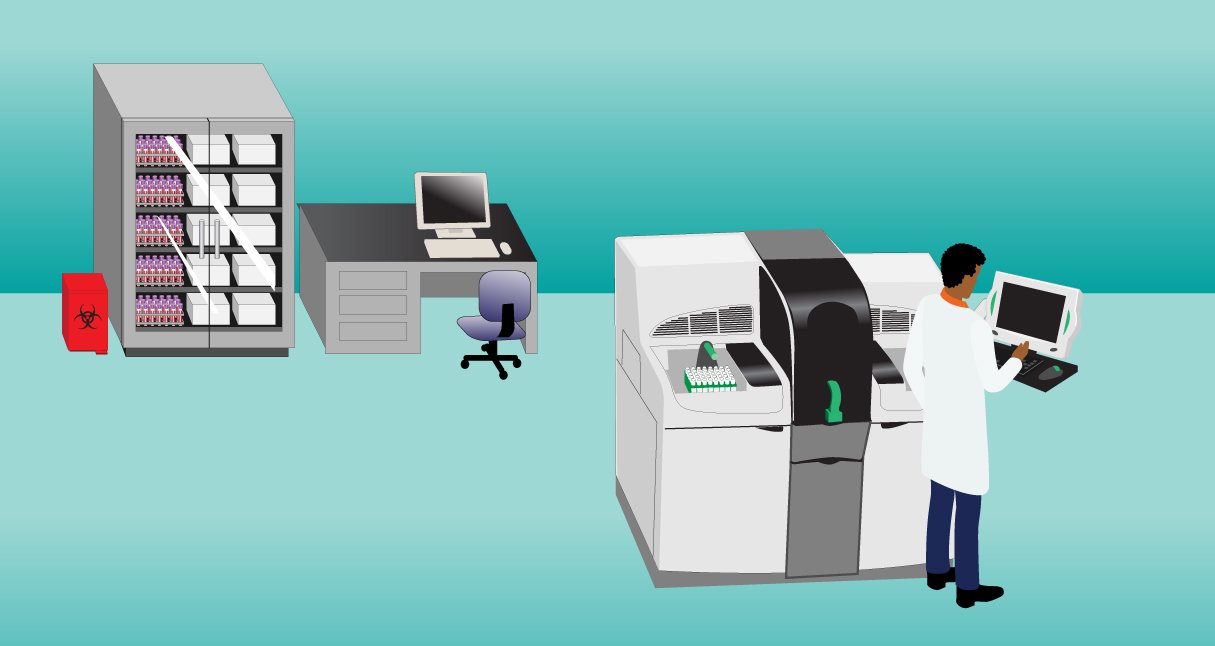
Single BioPlex 2200 System
Full automation eliminates the need for manual processing and data transfer, reducing the risk of contamination, erroneous reporting, and costly repeat testing.
To optimize on-board testing capacity and efficiency, laboratories can consolidate testing from multiple analyzers onto one BioPlex 2200 System.
The BioPlex 2200 ANA Screen and HIV Ag-Ab panels serve as examples of how multiplexing generates multiple results from one test, compared to single analyte testing that generates one result from each test. The advantage of multiplexing is that more results are generated in less time, thereby improving efficiency.
The BioPlex 2200 ANA Screen
The BioPlex 2200 ANA Screen panel enables antinuclear autoantibody (ANA) screening and simultaneous detection and differentiation of multiple autoantibodies with just one multiplex test. The BioPlex 2200 ANA screening algorithm generates up to 14 results (up to 12 results in the U.S.). This enables faster throughput and shorter turnaround times than the traditional approach of running multiple single-analyte tests.
The BioPlex 2200 ANA Screen provides:
-
- A qualitative ANA screen result
- A quantitative result for anti-dsDNA antibodies
- Unambiguous results—no advanced expertise needed
-
- Semi-quantitative results for clinically relevant antibodies that target centromere B, chromatin, Jo-1, Ribo P, RNP (RNP A, RNP 68), Scl-70, Sm, SmRNP, SS-A (SS-A 52, SS-A 60), and SS-B*
BioPlex 2200 ANA Test Panel
1 Test = 14 Individual Results*
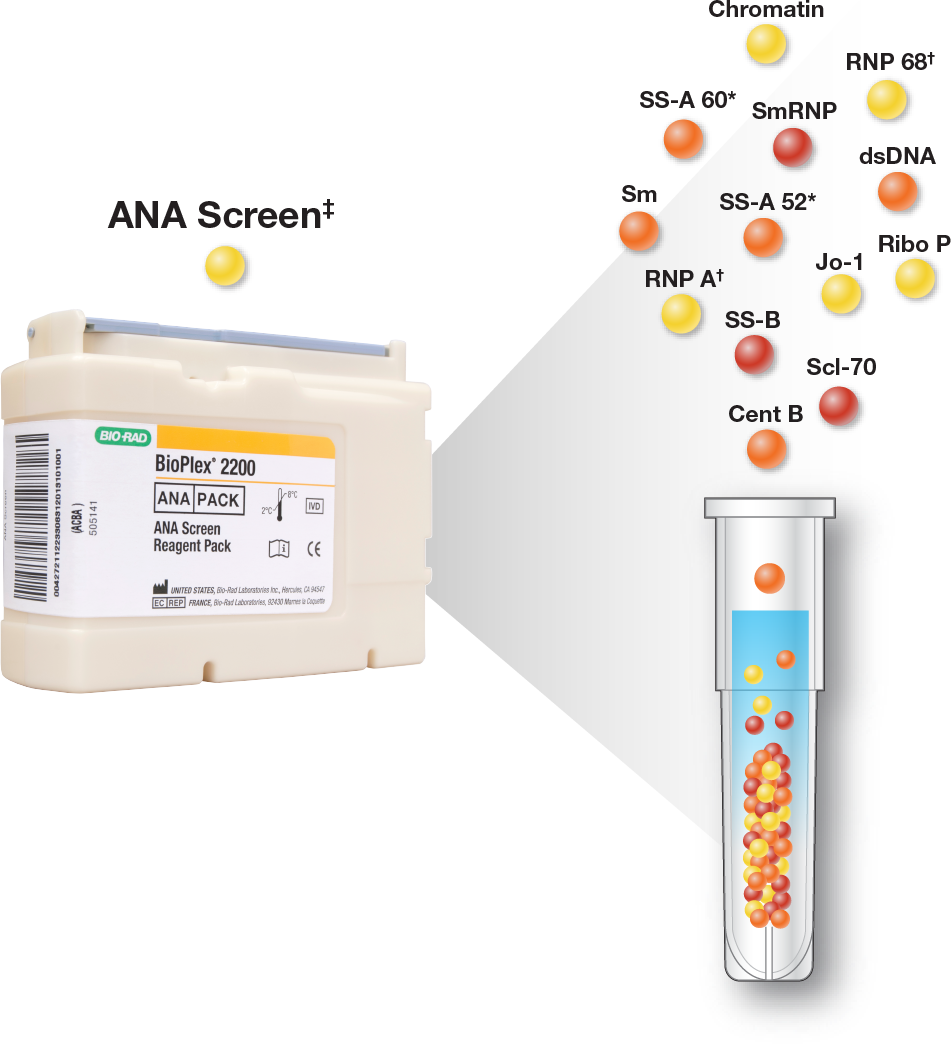
* SS-A 52 and SS-A 60 are a composite result in the U.S.
† RNP A and RNP 68 are a composite result in the U.S.
‡ Composite result
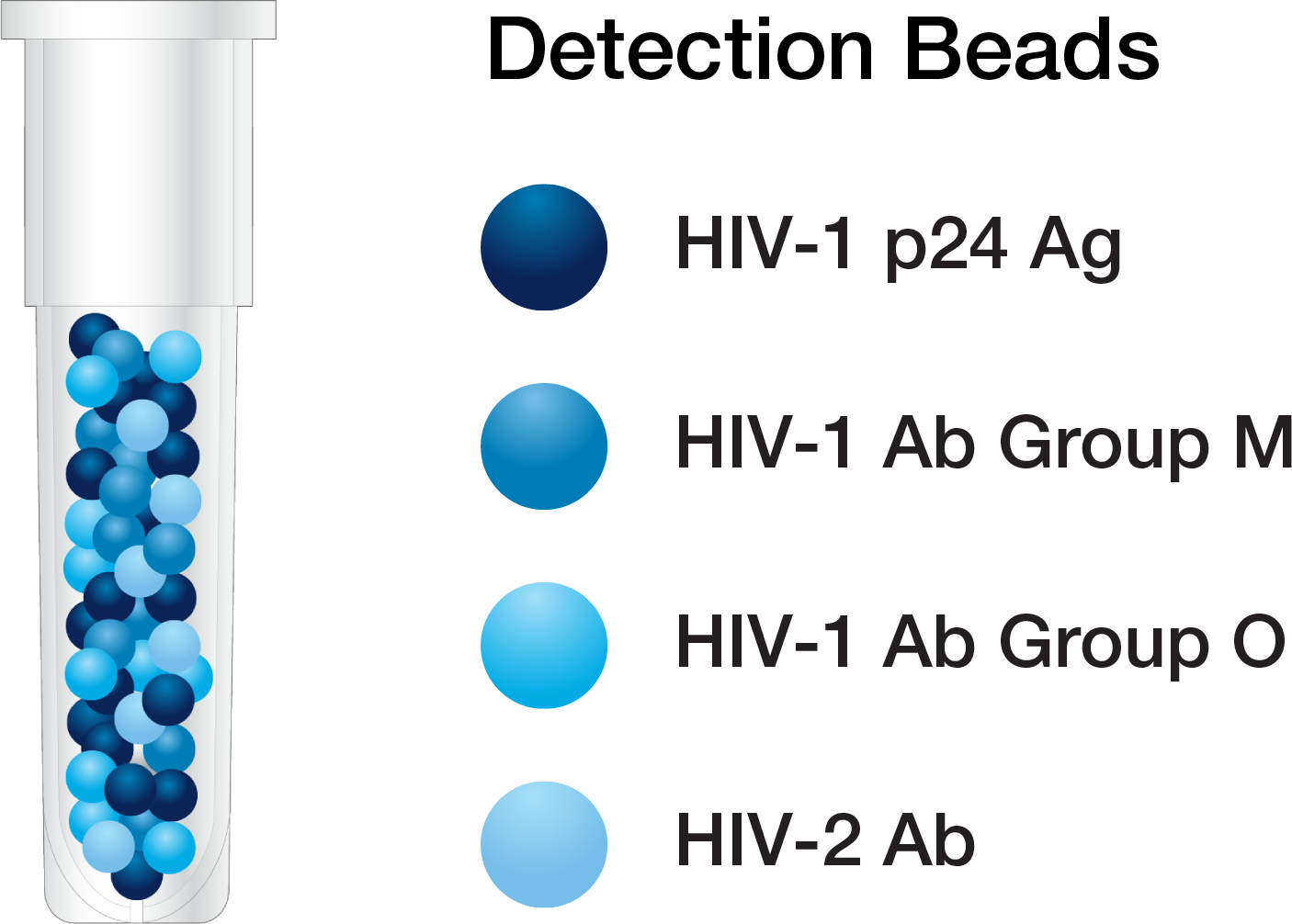
The BioPlex 2200 HIV Ag-Ab Panel
The BioPlex 2200 HIV Ag-Ab panel harnesses the power of multiplex technology to detect and differentiate HIV-1 p24 antigen, HIV-1 antibody, and HIV-2 antibody in a single test to aid in the diagnosis of HIV infection. The BioPlex 2200 HIV Ag-Ab panel enables simultaneous detection and differentiated reporting of HIV-1 p24 antigen, HIV-1 group M and group O antibodies, and HIV-2 antibodies.†
Comprehensive Menu
The BioPlex 2200 System enables simultaneous detection and differentiation of multiple analytes in a single test. The instrument offers an expansive test menu that includes up to 55 autoimmune, infectious disease, and specialty immunoassays. Each multiplex panel has integrated internal controls that are processed with every patient sample to provide you and your laboratory with higher result confidence.
Infectious Diseases Panel Menu

* Available outside the U.S. only
† Available in the U.S. and Canada only
Autoimmune & Vitamin D Panel Menu

The Benefits of Platform Consolidation on the BioPlex 2200 System
Consolidating testing on the BioPlex 2200 System can make workflows more efficient and significantly shorten turnaround times. It can also help reduce the cost per sample and lower the risk of inaccurate reporting. The fully automated BioPlex 2200 System is a random-access multiplex testing platform that minimizes the number of manual touchpoints, helping reduce the risk of error, sample contamination, and the need for costly repeat testing.
Consolidation of platforms in your laboratory can reduce the cost per test while delivering high-quality results without delay. With eight hours of continuous walkaway capability, staff can simply load primary tubes onto the sample tray and focus on other value-added activities.
Simplify Operations and Reduce Costs from Platform Consolidation on the BioPlex 2200 System
Running assays on multiple instruments consumes valuable floorspace and can negatively impact laboratory operations. Different instruments require separate reagents that take up storage space, which may already be at a premium. In addition, maintaining multiple instruments drives up operational and overhead costs due to the individual needs of each instrument. Finally, maintaining multiple service contracts can add significant cost to the laboratory.
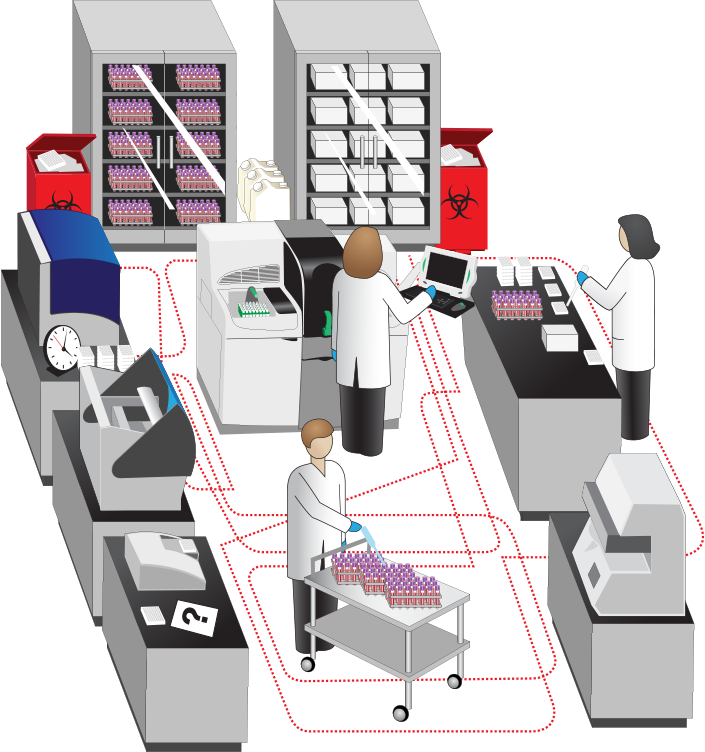
Multiple Platforms

Single BioPlex 2200 System
By partnering with Bio-Rad Laboratories to consolidate autoimmune, infectious disease, and specialty testing, you can simplify laboratory operations and reduce both operational and overhead costs. With the compact footprint of the BioPlex 2200 System, your laboratory can reclaim valuable floorspace, minimize movement between instruments, and reduce the likelihood of operator errors. All this leads to a more efficient work environment for laboratory staff.
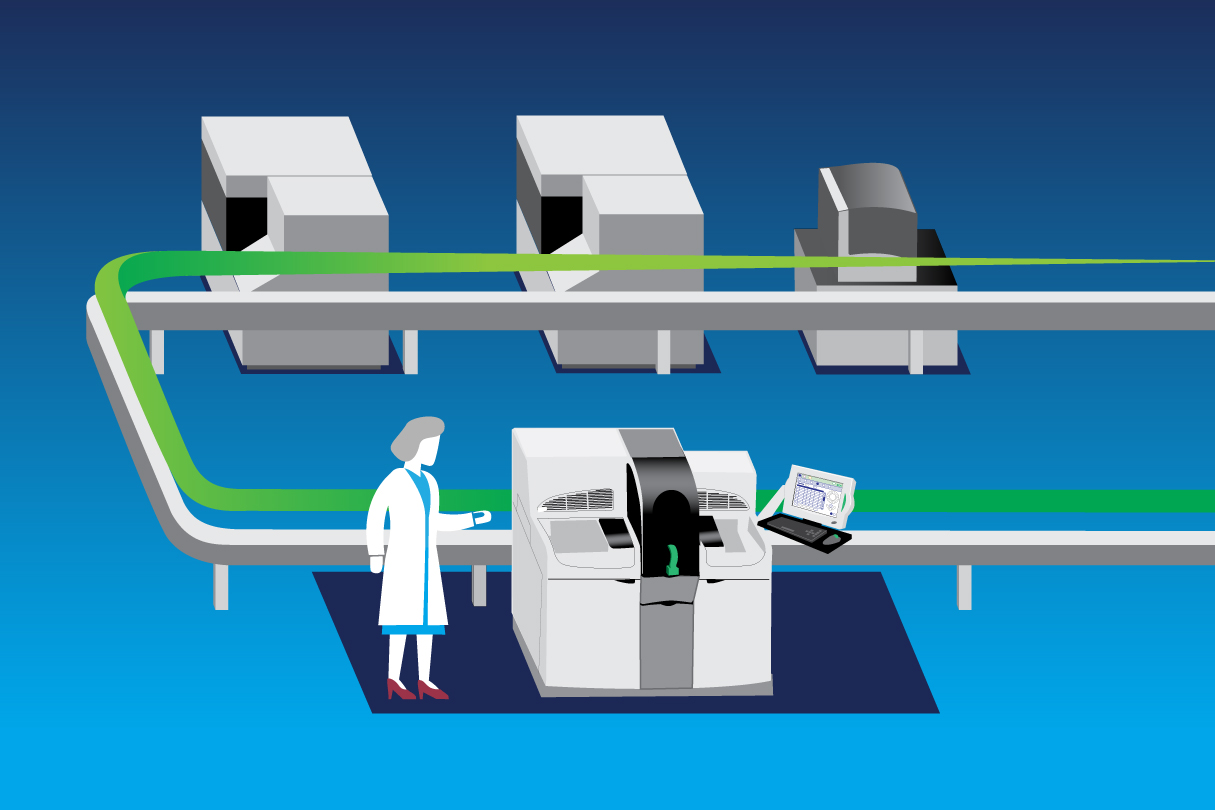
BioPlex 2200 System TLA
Laboratories with larger testing volumes need a higher level of automation to meet their testing needs. The BioPlex 2200 System can be connected to a total laboratory automation (TLA) system. This connection increases efficiency by reducing operational costs, optimizes workflow, and meets the demands of achieving faster result turnaround times.
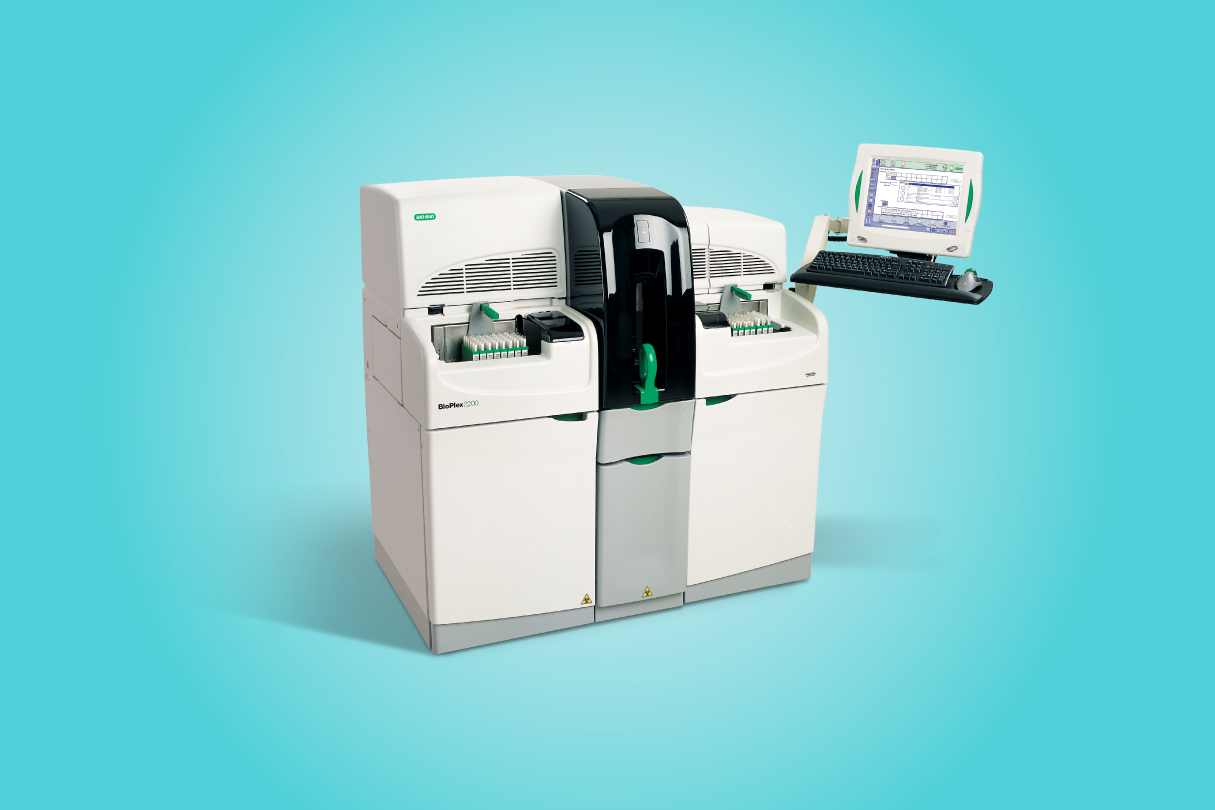
Conclusion
With the BioPlex 2200 System, your laboratory can consolidate autoimmune, infectious disease, and specialty testing on one fully-automated, random-access platform. Multiplex technology can provide your laboratory with an improved workflow and increased throughput. Overall, consolidation of testing on the BioPlex 2200 System can help maximize efficiency in your laboratory.
References
- Paxton A (2007). All in one and one for all: multiplex testing. https://www.captodayonline.com/Archives/feature_stories/0307Multiplex.html, accessed July 17, 2023.
* SS-A (52 & 60) and RNP (A and 68) individual results available outside U.S. only.
† In the U.S., all analytes should be reported.




